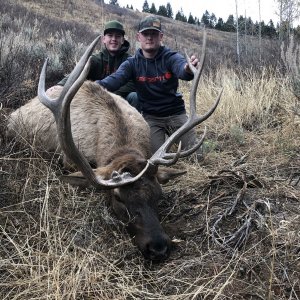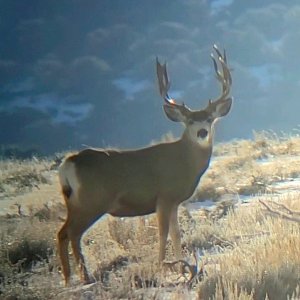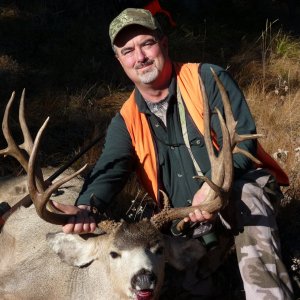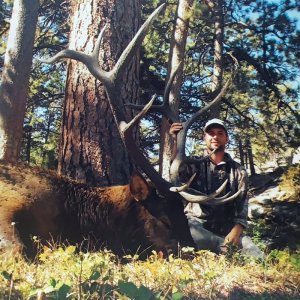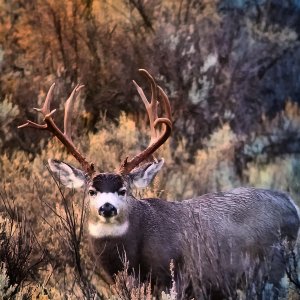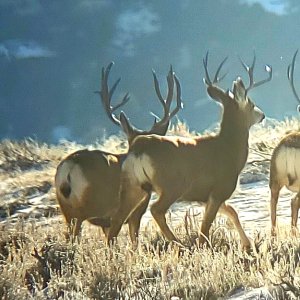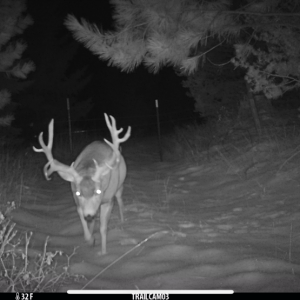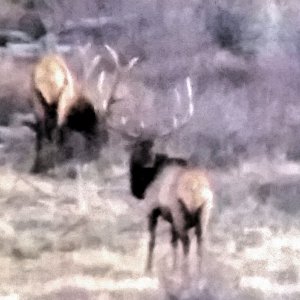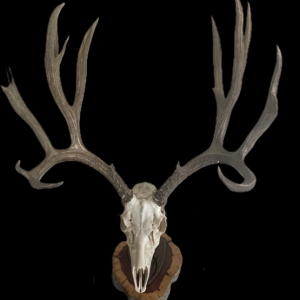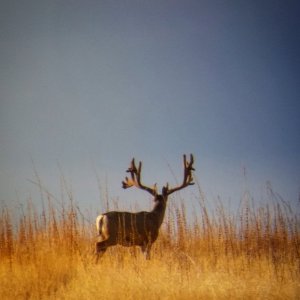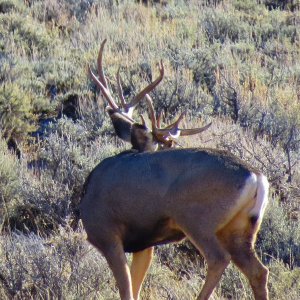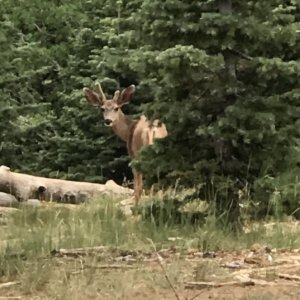LAST EDITED ON Oct-28-11 AT 12:00PM (MST)[p]LAST EDITED ON Oct-28-11 AT 12:00?PM (MST)
Results from 101 female mule deer collared along the foothills of Logan Utah.
34 percent of the deer that died were killed by vehicles.
33 percent were listed died of malnourshment
4 percent predation
4 percent birthing problems
2 poaching "doe's"
5 percent age related
19 percent unknown, but not vehicle collisions.
This past year only 21 deer were checked into the Logan Canyon check station. Last year in the 3 day hunt 48 deer were checked in. Winter survial fawn loss were very high.
An example that hunting has little effect of over all deer numbers.
1. Weather. Both extremes winter and droughts,habitat quality, green up etc.
2. Cars
3. coyotes
4. cougars
The above factors are the main factors why our deer are not recovering. We can make a difference in some.
Hunting is a tool to control buck to doe averages. I saw 7 does last night and everyone had a fawn which is good news. When hunters say they should close the season down for 5 years thinking it will bring back the deer herd, they are misinformed.
A few big bucks are roaming the hills. Few, is the sad thing.
Results from 101 female mule deer collared along the foothills of Logan Utah.
34 percent of the deer that died were killed by vehicles.
33 percent were listed died of malnourshment
4 percent predation
4 percent birthing problems
2 poaching "doe's"
5 percent age related
19 percent unknown, but not vehicle collisions.
This past year only 21 deer were checked into the Logan Canyon check station. Last year in the 3 day hunt 48 deer were checked in. Winter survial fawn loss were very high.
An example that hunting has little effect of over all deer numbers.
1. Weather. Both extremes winter and droughts,habitat quality, green up etc.
2. Cars
3. coyotes
4. cougars
The above factors are the main factors why our deer are not recovering. We can make a difference in some.
Hunting is a tool to control buck to doe averages. I saw 7 does last night and everyone had a fawn which is good news. When hunters say they should close the season down for 5 years thinking it will bring back the deer herd, they are misinformed.
A few big bucks are roaming the hills. Few, is the sad thing.


